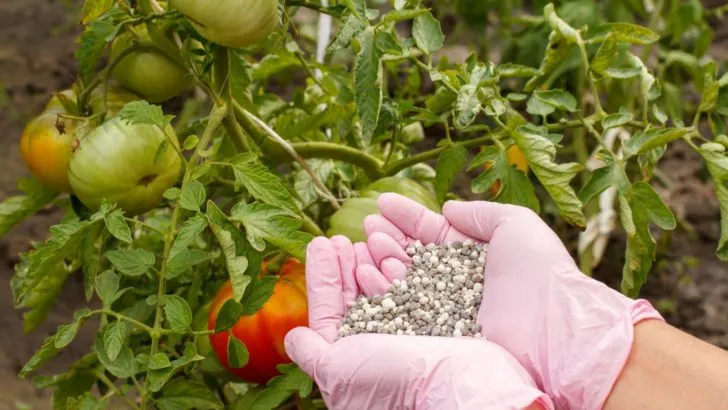Scarlet Nantes carrot plant care & growing guide
Scarlet Nantes carrots are a popular variety of carrots known for their sweet and tender roots. They are relatively easy to grow, and here is a step-by-step guide to help you care for and grow Scarlet Nantes carrots successfully:
Select a Suitable Location: Choose a sunny spot in your garden that receives at least 6-8 hours of direct sunlight daily. Carrots prefer well-drained soil that is rich in organic matter.
Prepare the Soil: Carrots thrive in loose, sandy, or loamy soil. Ensure that the soil is free from rocks and clumps to allow the carrots to grow straight and without deformities. Add compost or well-rotted manure to enrich the soil.
Planting: Scarlet Nantes carrots can be grown from seeds. Here’s how to plant them:
Sow seeds directly in the garden, spacing them about 2-3 inches apart.
Plant the seeds about 1/4 to 1/2 inch deep in rows, with rows spaced 12-18 inches apart.
You can also plant carrots in raised beds or containers, making sure they are deep enough to accommodate the roots.
Watering: Keep the soil consistently moist but not waterlogged. Carrots require even moisture to grow well. Water deeply and consistently to prevent the soil from drying out.
Thinning: When the carrot seedlings are about 2 inches tall, thin them to provide enough space for proper root development. Leave about 2-3 inches between each plant. Use scissors to snip off the unwanted seedlings rather than pulling them to avoid disturbing the remaining plants.
Mulching: Apply a layer of organic mulch, such as straw or shredded leaves, to help retain moisture and suppress weeds. This will also keep the soil temperature more consistent.
Fertilization: Carrots do not require heavy fertilization. You can apply a balanced, all-purpose fertilizer when planting, but avoid high-nitrogen fertilizers as they can cause forking (multiple roots).
Pest and Disease Management: Keep an eye out for pests like carrot flies and aphids. Use row covers or netting to protect your carrot plants from these pests. Carrots are relatively disease-resistant but practice crop rotation to prevent soil-borne diseases.
Harvesting: Scarlet Nantes carrots are typically ready for harvest in about 60-75 days, but you can start harvesting when they reach the desired size. Pull them out gently, being careful not to damage the roots. Harvesting is best done in the early morning or late afternoon when the soil is not too hot.
Storage: Remove the tops of the harvested carrots, leaving about an inch of the stem. Store them in a cool, humid place or in the refrigerator. Carrots can be stored for several months if stored properly.
Scarlet Nantes carrots: The basics



